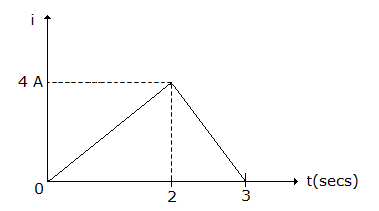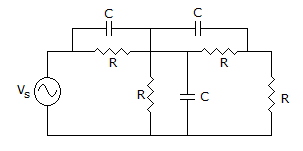Electronics and Communication Engineering - Electronic Devices and Circuits
Exercise : Electronic Devices and Circuits - Section 6
- Electronic Devices and Circuits - Section 14
- Electronic Devices and Circuits - Section 27
- Electronic Devices and Circuits - Section 26
- Electronic Devices and Circuits - Section 25
- Electronic Devices and Circuits - Section 24
- Electronic Devices and Circuits - Section 23
- Electronic Devices and Circuits - Section 22
- Electronic Devices and Circuits - Section 21
- Electronic Devices and Circuits - Section 20
- Electronic Devices and Circuits - Section 19
- Electronic Devices and Circuits - Section 18
- Electronic Devices and Circuits - Section 17
- Electronic Devices and Circuits - Section 16
- Electronic Devices and Circuits - Section 15
- Electronic Devices and Circuits - Section 1
- Electronic Devices and Circuits - Section 13
- Electronic Devices and Circuits - Section 12
- Electronic Devices and Circuits - Section 11
- Electronic Devices and Circuits - Section 10
- Electronic Devices and Circuits - Section 9
- Electronic Devices and Circuits - Section 8
- Electronic Devices and Circuits - Section 7
- Electronic Devices and Circuits - Section 6
- Electronic Devices and Circuits - Section 5
- Electronic Devices and Circuits - Section 4
- Electronic Devices and Circuits - Section 3
- Electronic Devices and Circuits - Section 2
36.
The current wave of figure, is passed through a 3 H inductor during the period 0 to 2 seconds


Answer: Option
Explanation:

37.
The minimum number of equations required to analyze the circuit shown in the figure is


Answer: Option
Explanation:
No. of loop = No. of equations = b - n + 1  7 - 4 + 1
7 - 4 + 1  4.
4.
38.
If Z(s) has a pole at origin, the realization leads to
Answer: Option
Explanation:
In such a function the denominator is one degree higher than the numerator.
Therefore we get a term  . Hence, the network has capacitance in series.
. Hence, the network has capacitance in series.
39.
A series resonant circuit has inductance L. If L is increased, the resonant frequency
Answer: Option
Explanation:
 . As L increases ωr decreases.
. As L increases ωr decreases.
40.
In a coupled coil the primary has 100 turns and secondary has 200 turns. The primary produces, a flux Φ = e-t. The coefficient of coupling is 1. The voltages induced in secondary is
Answer: Option
Explanation:

Quick links
Quantitative Aptitude
Verbal (English)
Reasoning
Programming
Interview
Placement Papers